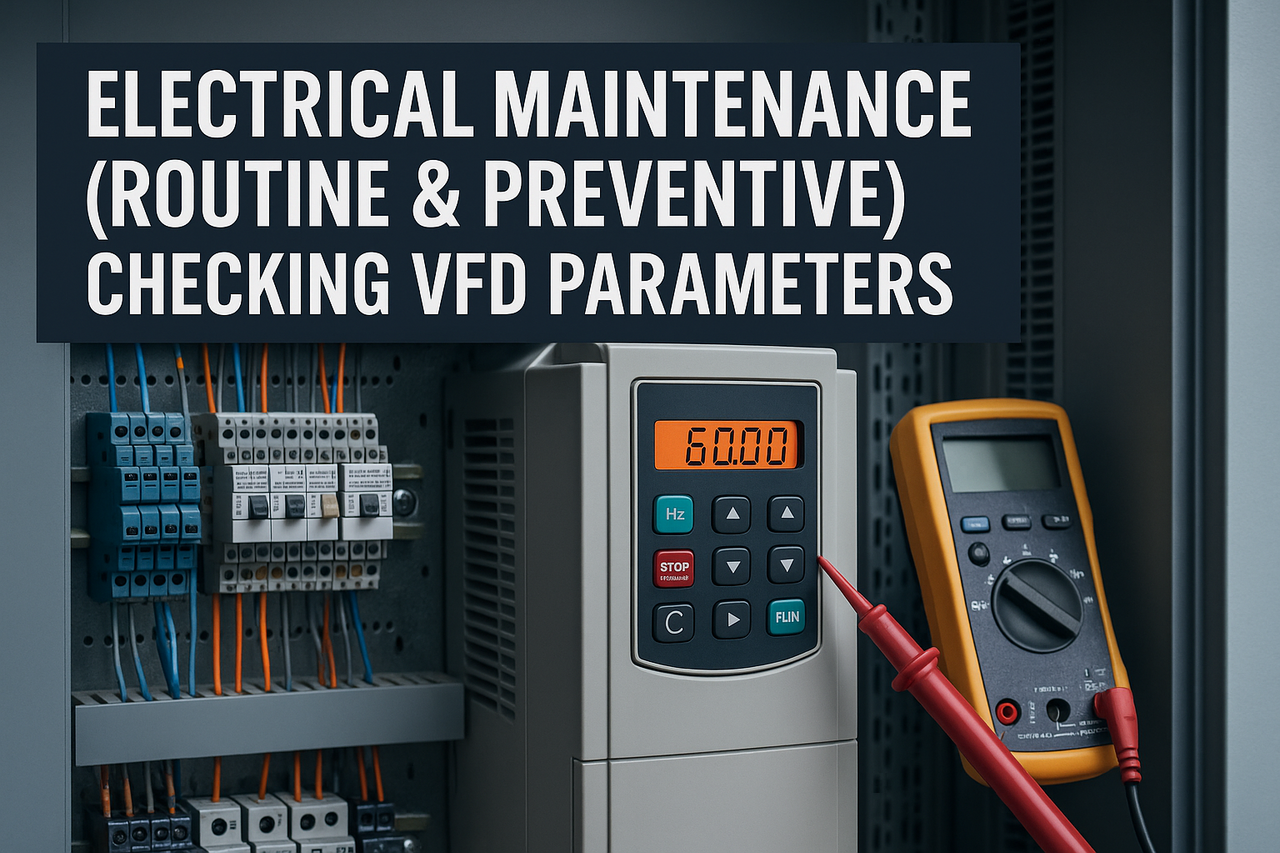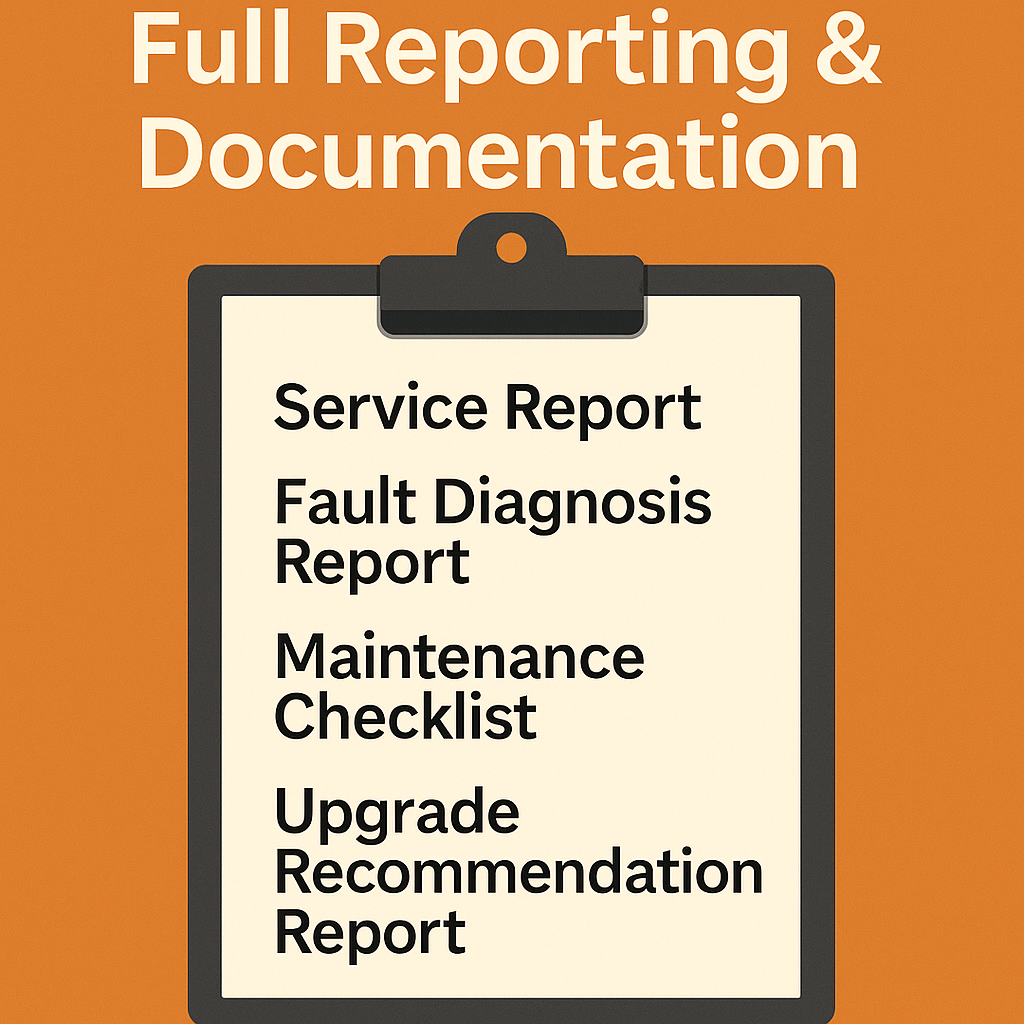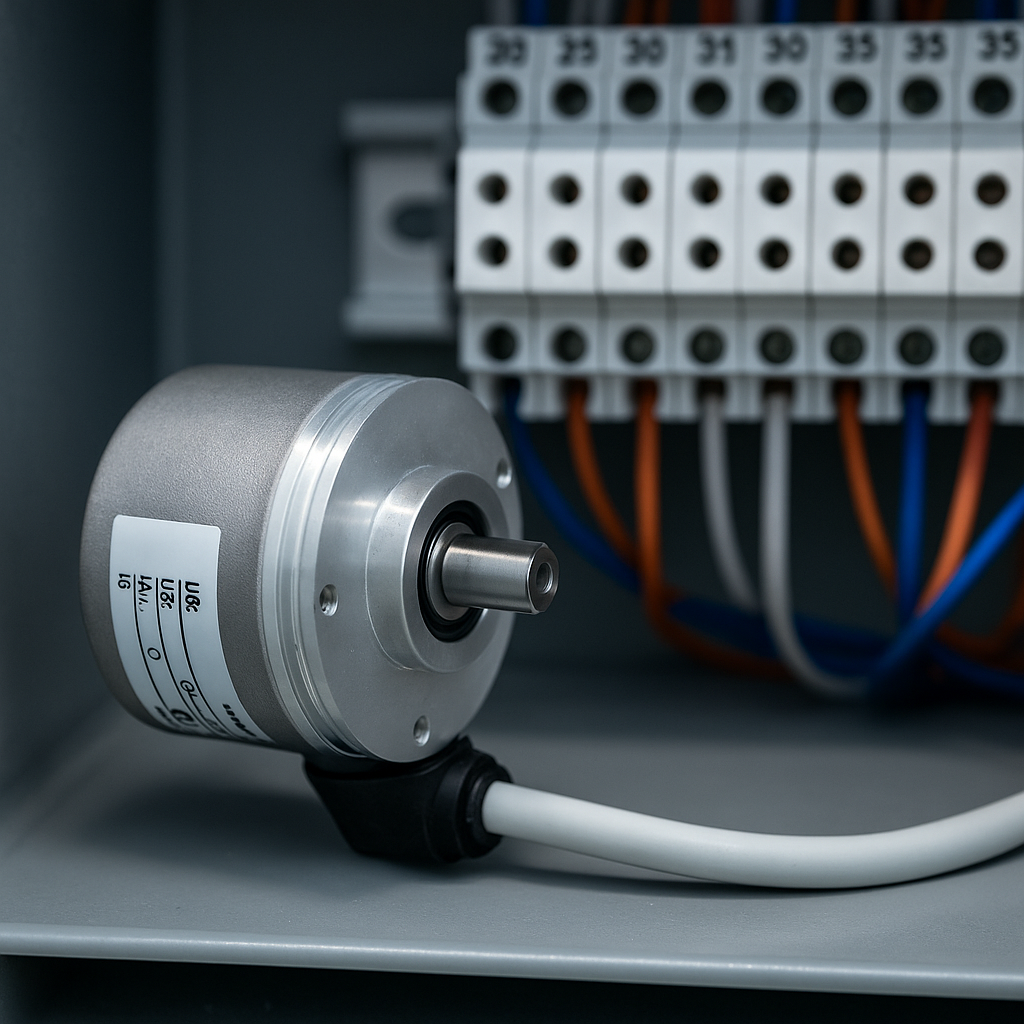
Posted on Tuesday, November 18, 2025
Sensors are the “eyes” of every roll forming machine. They detect material position, confirm punch/shear home location, verify safety circuits, measure speed, and provide the PLC with the signals needed to run the machine correctly.
When a sensor becomes misaligned, even by a few millimeters, the machine can experience:
Random stopping
Punching or shearing at the wrong time
Incorrect cut lengths
Flying saw failures
Material jams
PLC input flickering
Missed presence detection
Burnt solenoid coils from continuous activation
Reduced production speed
High scrap rates
Sensor alignment is one of the most neglected maintenance tasks, yet it is one of the easiest ways to keep a roll forming line running smoothly.
This guide explains how sensors become misaligned, how to detect alignment problems, and how Machine Matcher technicians perform precise alignment as part of routine and preventive electrical maintenance.
Roll forming systems rely on perfect timing between:
Motor speed
Flying shear movement
Punch stroke
Material feed
Encoder feedback
All of these depend on sensors operating with exact positioning and consistent trigger points.
Saw cutting too early or too late
Punch firing in the wrong location
Decoiler arm not opening/closing correctly
Safety interlocks failing to engage
Machine refusing to start due to false “not home” signal
Flying saw missing the cut
C/Z purlin flange punches going out of tolerance
Because sensors operate in harsh environments (heat, vibration, oil, metal dust), alignment naturally drifts over time.
Used for punch home, shear home, roller position, safety gates, etc.
Used for material presence and sheet feed detection.
Used on some hydraulic cylinders and encoder-based proximity systems.
Used for high-accuracy feed detection and measurement.
Mechanically triggered — alignment affects stroke verification.
Every sensor type can drift and require recalibration.
Roll forming machines vibrate continuously, slowly shifting sensors out of position.
Metal chips on brackets or sensor faces cause false detection or reduced sensing distance.
Oil on proximity and photoelectric sensors causes misreads.
Loose bolts, brackets, or mounts cause the sensor to move.
Sometimes sensors are hit accidentally during coil loading or cleaning.
Heat cycles cause brackets to move or twist slightly.
Damaged flags, rods, or cams reduce detection accuracy.
PLC thinks a device (shear, punch, mandrel, etc.) is not in home position.
Material presence sensor triggers incorrectly.
Punch stroke not timed correctly with material feed.
Saw trigger sensor misaligned with encoder pulse.
Input flickering caused by distance or vibration.
Machine waits longer for confirmation signals.
Photoelectric sensors misaligned or blocked.
Below is the exact process our technicians follow.
Check for:
Loose bolts
Bent brackets
Cracked welds
Excessive vibration
Realign or replace mount if necessary.
Remove:
Metal chips
Oil
Rust
Dust
Paint overspray
A dirty target changes sensing distance dramatically.
This is essential for inductive sensors.
Too far = no detection
Too close = false continuous detection
We set the exact distance recommended by the manufacturer (usually 1–3mm for proximity sensors).
Using PLC monitor mode, we verify the exact moment the input turns ON/OFF.
We ensure:
No flickering
Clean transitions
No double-triggering
Angle changes alter detection behavior — especially for photoelectric and laser sensors.
We ensure:
Proper reflection
No background interference
No stray reflections
We tighten:
Mounting bolts
Locking nuts
Jam nuts
Brackets
Cable glands
We also apply medium-strength thread locker on high-vibration areas.
We test the sensor in actual production, ensuring:
Stable readings at slow, medium, and high speeds
Consistent ON/OFF patterns
No signal loss
No false triggers
Clean sensor faces
Check for loose brackets
Clear dust buildup
Verify sensing distance
Inspect mounting brackets
Check wiring strain relief
Full sensor alignment inspection
PLC input stability testing
Photoelectric beam alignment
Material presence sensor recalibration
Complete sensor map review
Replace aging sensors
Replace worn brackets
Update alignment documentation
Sensor replacement is recommended when:
Sensor LED flickers even when aligned
Sensor requires very close distance to detect
Sensor is physically damaged
Target is worn beyond repair
Photoelectric lens is scratched or cloudy
Cable insulation is damaged
Sensors are inexpensive — downtime is not.
We provide:
Full sensor alignment
Photoelectric laser alignment
Inductive sensor setup
Limit switch calibration
Encoder + sensor timing calibration
PLC input/noise testing
Preventive maintenance contracts
Sensor replacement & rewiring
Vibration-resistant mounting upgrades
24/7 remote support
Worldwide on-site service
Every visit includes a written report with alignment measurements and calibration offsets.
Proper sensor alignment is one of the most cost-effective ways to prevent production downtime, cut errors, punching mistakes, and random stoppages in roll forming machines. Regular alignment ensures stable feedback, cleaner PLC inputs, and smoother machine operation.
Machine Matcher delivers expert alignment, calibration, and preventive maintenance services to ensure your sensors — and your machine — operate at peak performance every day.
Machine Matcher now offers full electrical technician services for roll forming machines — including diagnostics, rewiring, testing, encoder calibration, PLC programming, electrical audits, and preventive maintenance.
We support all machine types and all global regions.
Contact us today for immediate technical assistance or to schedule a full electrical inspection at your factory.
Looking for the right roll forming machine or expert guidance on your next project? Machine Matcher is here to help. Our global team provides 24/7 technical support, expert advice, and guidance on machine selection, setup, and maintenance—ensuring your operations run smoothly from day one.
With team members based worldwide—including the UK, USA, Middle East, and beyond—we are equipped to assist buyers across the globe. Whether you’re sourcing a single machine or upgrading an entire production line, our experts are ready to provide tailored solutions and support every step of the way.
Get in touch now and let Machine Matcher help you find the perfect roll forming machine for your business.
United Kingdom (Main Office)
Phone: +44 20 335 56554
United States
Phone: +1 407 559 7948
Mobile / WhatsApp: +44 7816 972935
Email: [email protected]

Posted on Wednesday, November 19, 2025
How to Protect Your Line, Your Operators, and Your Investment in Every Region of the World

Posted on Tuesday, November 18, 2025
Why Correct VFD Settings Are Critical for Speed Control, Motor Protection & Cut Accuracy

Full Reporting & Documentation for Roll Forming Machines
Posted on Tuesday, November 18, 2025
Service Reports, Fault Diagnosis Reports, Maintenance Checklists & Upgrade Recommendation Reports Guide

Electrical Maintenance (Routine & Preventive): Encoder Recalibration for Roll Forming Machines Guide
Posted on Tuesday, November 18, 2025
How Proper Encoder Calibration Protects Cut Accuracy, Flying Saw Synchronisation & Production Speed
Copyright 2025 © Machine Matcher.